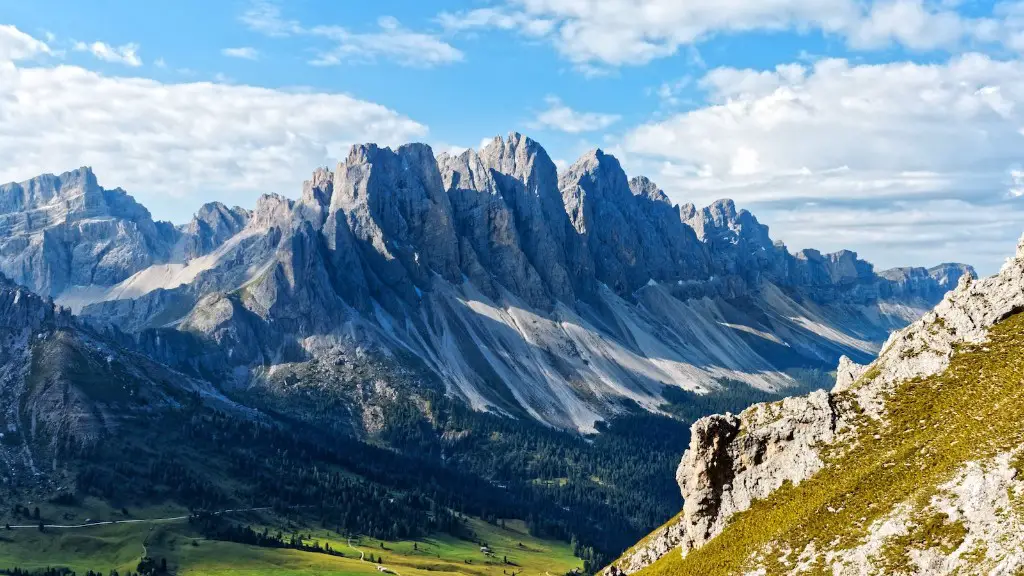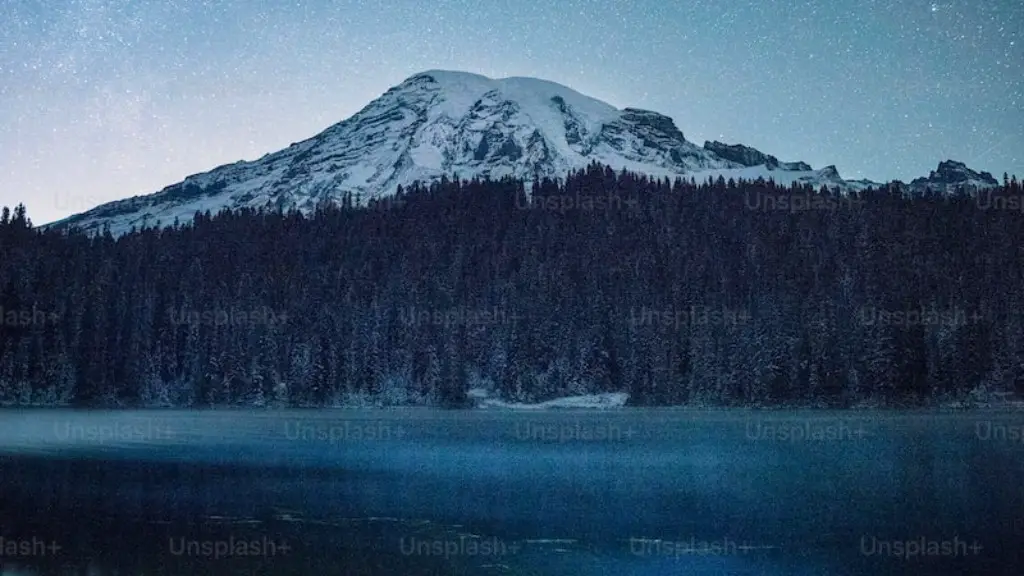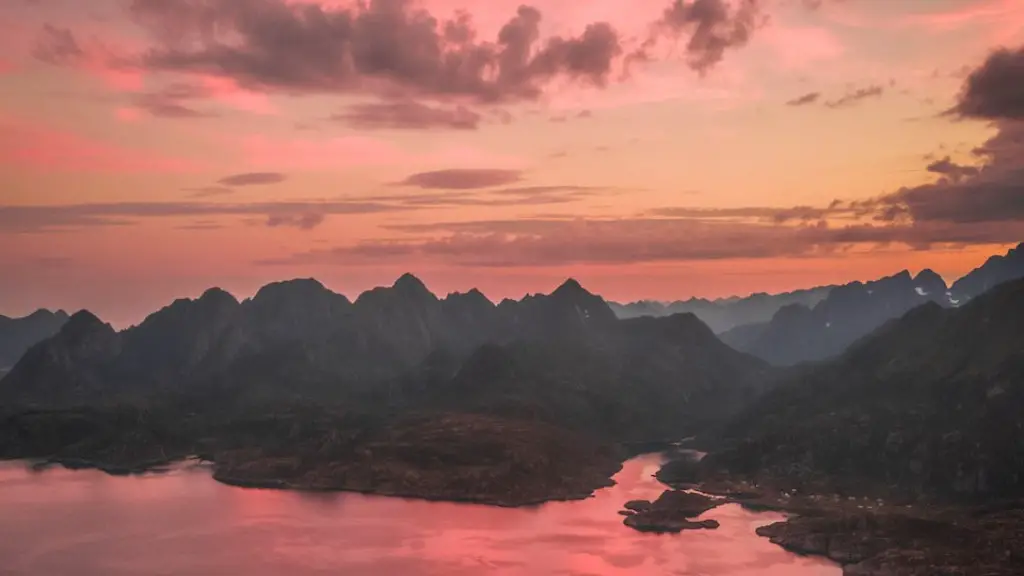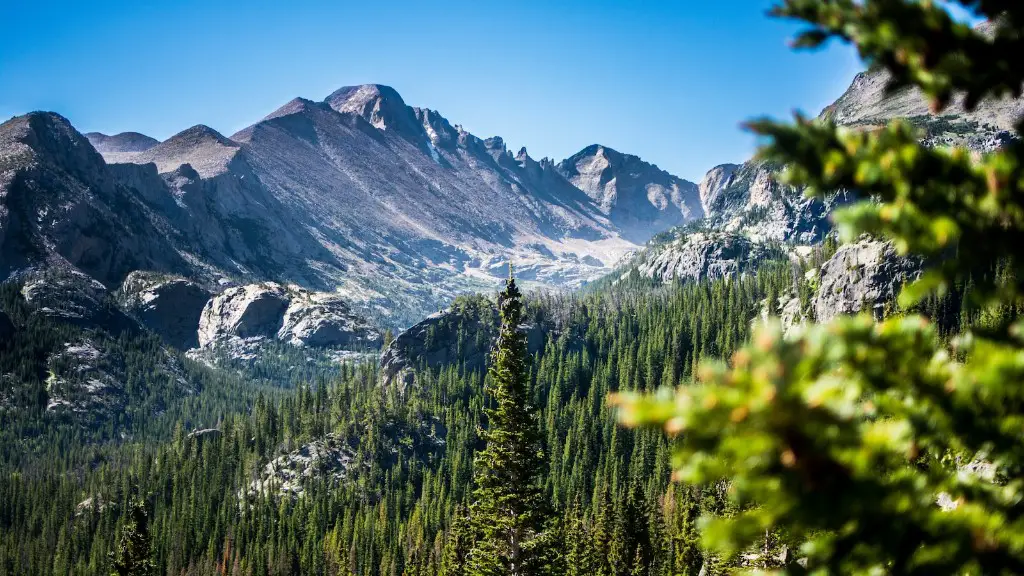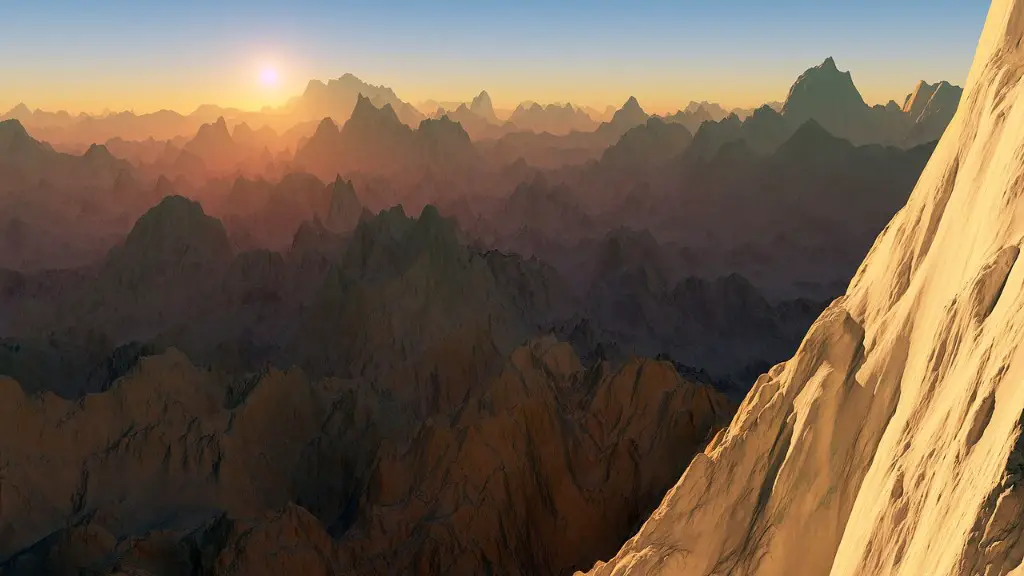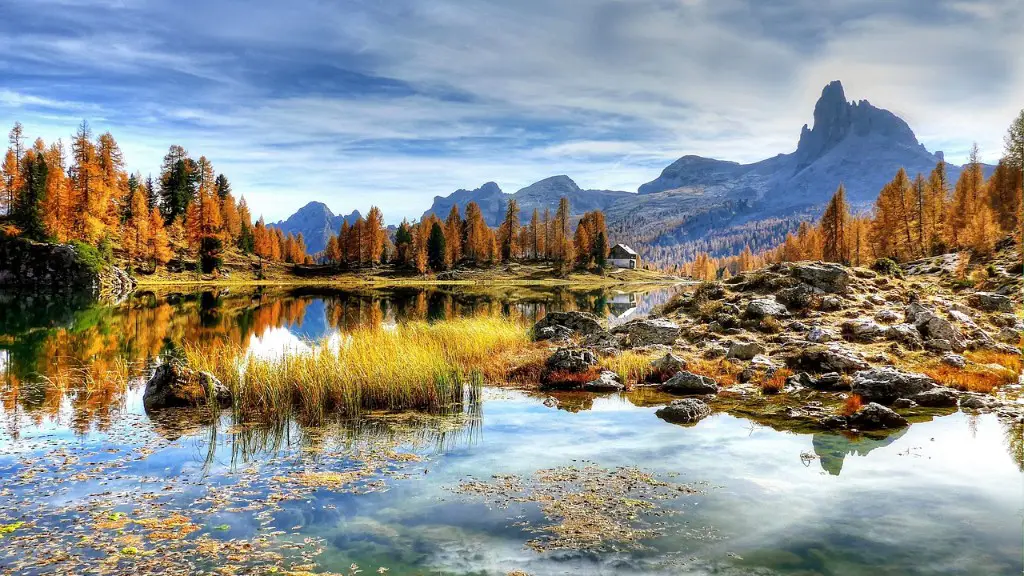The answer might surprise you – there are around 200 dead people on Mount Everest. That’s because when climbers die, their bodies are often left behind since it’s too difficult to bring them down from the mountain. So, if you’re planning on climbing Everest, be aware that you’ll be surrounded by the remains of those who have gone before you.
The number of dead people on Mount Everest is unknown.
How many have died on Everest total?
The death toll on Everest is unfortunately quite high, with over 310 people dying on the mountain between 1924 and 2022. It’s thought that the actual number of fatalities is even higher than this, as many bodies are never recovered from the mountain. Climbing Everest is an extremely dangerous undertaking, and it’s important to be well-prepared before attempting it.
When someone dies on Everest, it is often impossible to retrieve the body. The weather conditions, the terrain, and the lack of oxygen can make it difficult to get to the bodies. Even if they can be found, they are usually stuck to the ground, frozen in place.
What kills most people on Everest
The first men to reach the summit of Mount Everest did so in 1953. Since then, more than 300 climbers have died on their way to the top of the world’s tallest mountain. A third of these climbers succumbed to the deadly lack of oxygen. The rest perished due to avalanches, falls, or other accidents. Despite the dangers, climbers continue to be drawn to the challenge of summiting Everest.
It is unfortunate but true that there are many corpses on Everest. It is a sad reality that at least 200 Everest corpses lie distributed throughout the world’s tallest mountain. While it is possible to see some of these bodies from the trails, most are hidden from view. However, they are there, and their presence is a reminder of the dangers of mountaineering.
Who is the hanging body on Everest?
Green Boots is a sad reminder of the dangers of climbing Everest. Every year, people die trying to summit the world’s highest mountain, and Green Boots is a grim reminder of that. It’s believed that the body is that of Tsewang Paljor, an Indian climber who died on Everest in 1996, but the body has never been officially identified. Regardless of who Green Boots is, his body has become a landmark on the mountain, and a reminder of the dangers of climbing Everest.
It is estimated that over 200 people have died on Mount Everest since the first recorded death in 1922. While the majority of these deaths have occurred in the last three decades, as more and more people attempt to summit the world’s tallest mountain each year, the number of fatalities has been increasing.
One of the main reasons why it is so difficult to remove bodies from Everest is the altitude. With an summit elevation of 8,848 metres (29,029 ft), it can be extremely difficult for rescue teams to reach climbers who have died. This is compounded by the fact that the mountain is located in a very remote area, making it logistically difficult and expensive to bring in the necessary equipment and personnel.
In addition, the extreme weather conditions on Everest can make it extremely hazardous to attempt to retrieve a body. High winds, low temperatures, and avalanches can all pose a serious threat to rescuers.
Due to the difficulties involved in body retrieval, many climbers who die on Everest are left where they fall. This has led to the creation of “death zones” on the mountain, where the bodies of deceased climbers often remain for years, serving as a grim reminder of the dangers of mountaineering.
How cold is it at the top of Everest?
The Mount Everest top sees its coldest temperature from mid-December until late-January, where the average temperature revolves around -37°C (-35°F). Similarly, the average temperature at Everest Base Camp during the winter season is around -17°C (14°F).
The cost of climbing Mount Everest has continued to increase over the years, with prices ranging from $28,000 to $120,000 in 2017. The average cost of a trek up Everest in 2022 is estimated to be around $45,000, with prices ranging from $30,000 to $160,000. While the cost of climbing Everest may be high, the experience is sure to be unforgettable.
What is the youngest person to climb Mount Everest
Jordan Romero is an amazing young man! At only 13 years old, he became the youngest person to ever summit Mount Everest. It is an incredible accomplishment, and one that will no doubt inspire other young people to pursue their dreams. Jordan is a true inspiration, and we are so proud of him!
The death zone on Mount Everest is the area above 8,000 meters (26,247 feet) where the air is so thin that the human body can’t function properly. This means that people can only survive for a short period of time before they start to experience symptoms of altitude sickness, which can ultimately lead to death. Media reports are now advising people not to stay in the death zone for more than 16 to 20 hours, as shorter stays can also be deadly. Most of the 200+ climbers who have died on Everest have died in the death zone, so it’s important to be aware of the dangers before heading up the mountain.
What are the top 2 reasons for death on Mt. Everest?
Though avalanches are the leading cause of death on Everest, falls and collapses come in at a close second. Mountain sickness, while not as common, can also be deadly. These are the three most common causes of death on the world’s tallest mountain.
Since records began, there have been over 316 deaths due to avalanches, falls, and exposure on Mt. Everest. Most of these deaths have occurred in the Khumbu Icefall, on the ascent to Camp III, or on the descent from the summit. Although some bodies have been found and recovered, many remain buried in the snow and ice.
What was Everest deadliest day
On April 25, 2015, a 78-magnitude earthquake hit Nepal, leaving 19 people dead at Everest’s base and nearly 9,000 people dead across the country. It was the worst earthquake in Nepal’s history in 80 years.
Green Boots is a famous body on Everest. He was an Indian climber and constable with the Indo-Tibetan Border Police. His body was found on May 10th, 1996.
Can humans live on Mount Everest?
Mount Everest is the tallest mountain in the world, and it presents a huge challenge to climbers. The altitude and cold temperatures make it a very difficult place to survive, and climbers have to be very careful to avoid altitude sickness and other dangers.
This year, most fatalities on Everest were due to acute mountain sickness (AMS), or exhaustion. AMS is caused by a lack of oxygen at high altitudes, which makes breathing difficult. Other symptoms include nausea and vomiting, headaches, dizziness and shortness of breath.
Do any animals live on Mount Everest
Everest is home to a variety of wildlife, including many bird species. However, few animals venture into the upper reaches of the mountain due to the permanent snow and lack of food.
The death zone is the area on a mountain above 8,000 meters (26,247 feet) where the air is so thin that human beings can’t survive for long. To prepare for this, climbers must give their bodies time to get used to higher altitudes by spending several weeks climbing Mount Everest and stopping to rest every few thousand feet.
Warp Up
There are around 200 bodies that remain on Mount Everest, either because they are too difficult to retrieve, or because the relatives of the deceased wish to leave them there.
There is no accurate way to know how many dead people are on Mount Everest, as many bodies are never found or recovered. It is estimated that there are over 200 bodies on the mountain, though the number could be much higher. Despite the dangers, people continue to be drawn to Mount Everest, drawn by the challenge and the glory of summiting the world’s tallest peak.
